Pinpointing and prioritizing places in British Columbia to protect
New analysis from Y2Y and University of British Columbia maps three key benefits people get from nature, highlighting potential places to protect in B.C.
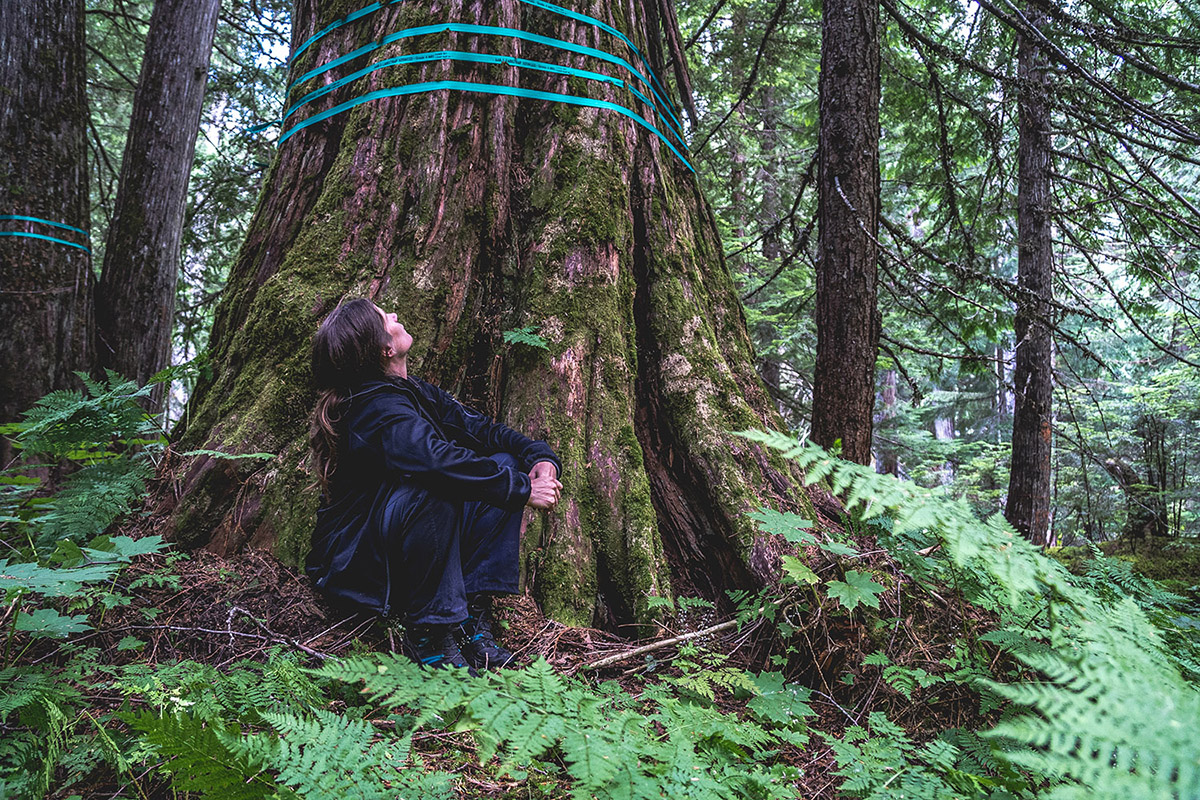
New analysis from Y2Y and University of British Columbia maps three key benefits people get from nature, highlighting potential places to protect in B.C.
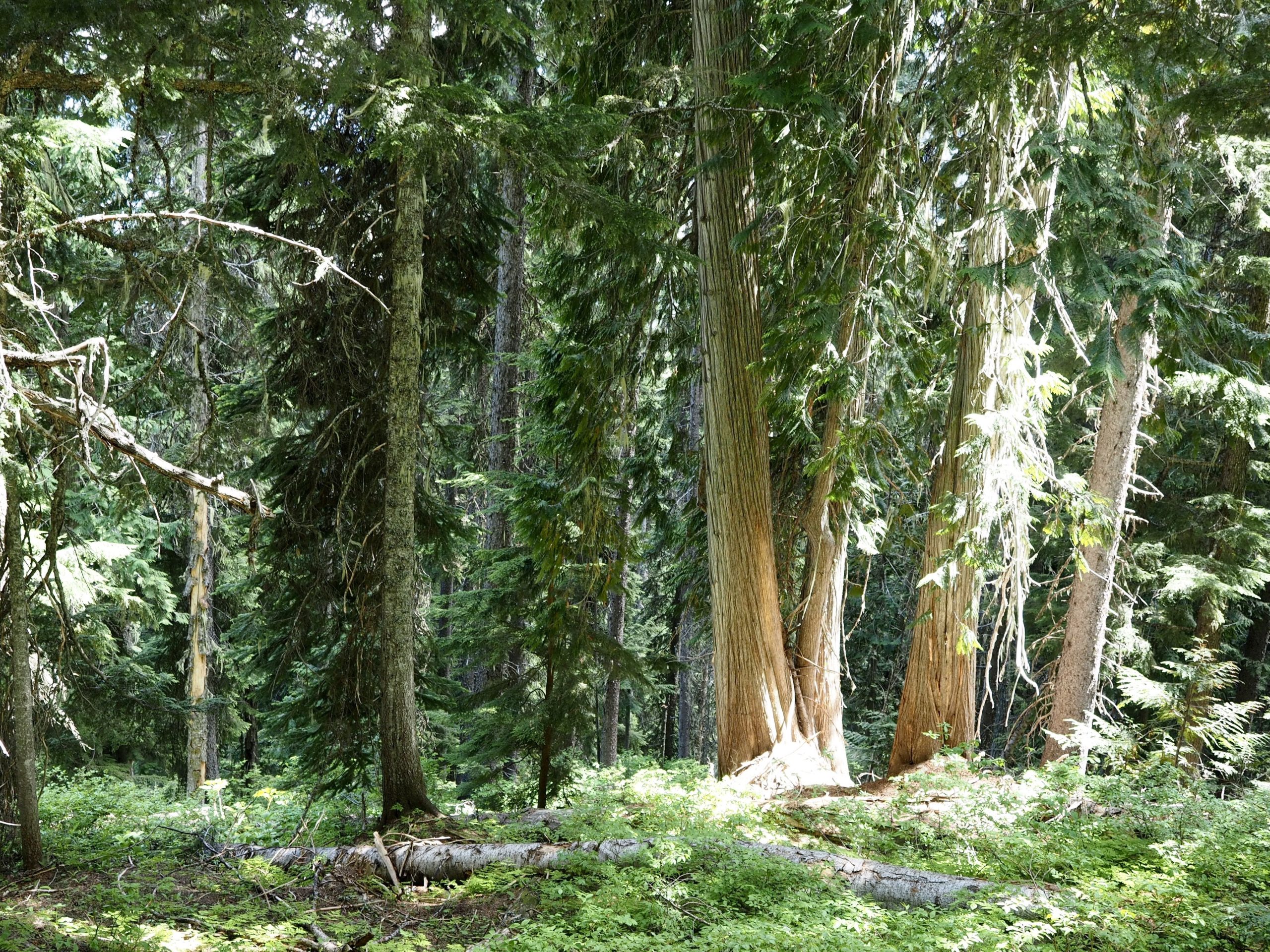
New research shows B.C.’s inland temperate rainforest is a conservation priority not only for its biodiversity, but because of its ability to provide critical ecosystem services for people.
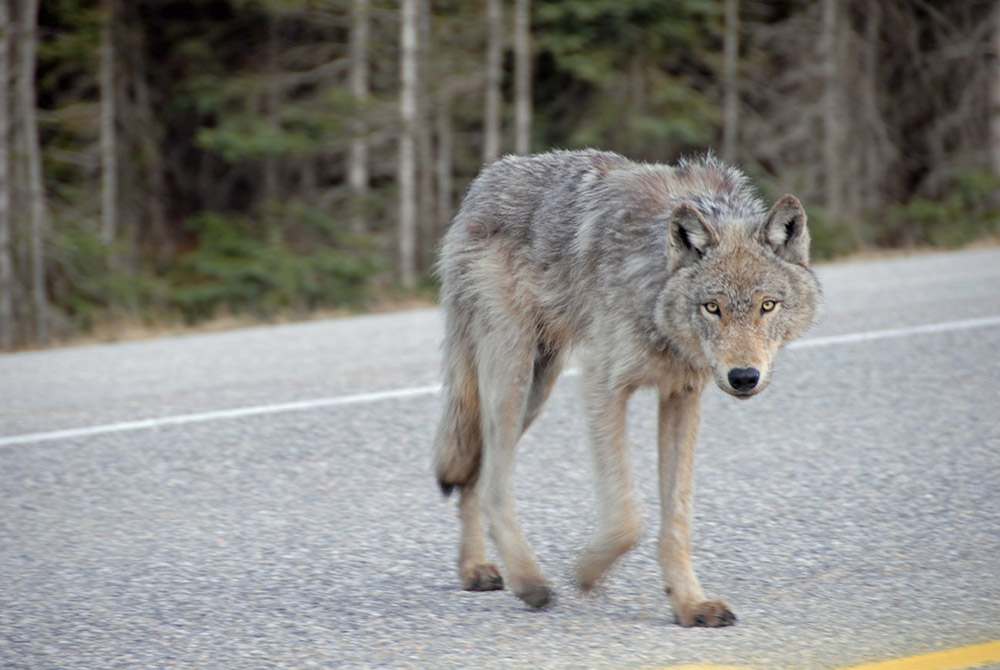
Wolf 2001’s story shows the need to support the movements of wide-ranging wildlife that need to feed, find mates and habitat.
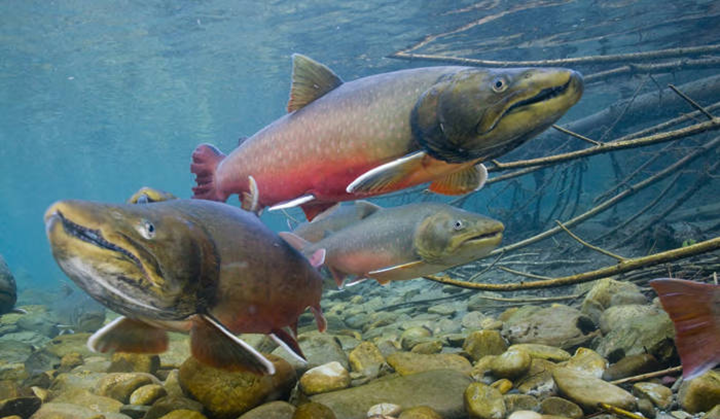
Coal mines in Alberta and the Eastern Slopes are a concern for wildlife, connectivity, water, and people – not just in Alberta, but for those in neighboring provinces. See how you are helping keep the work going to safeguard these special places.
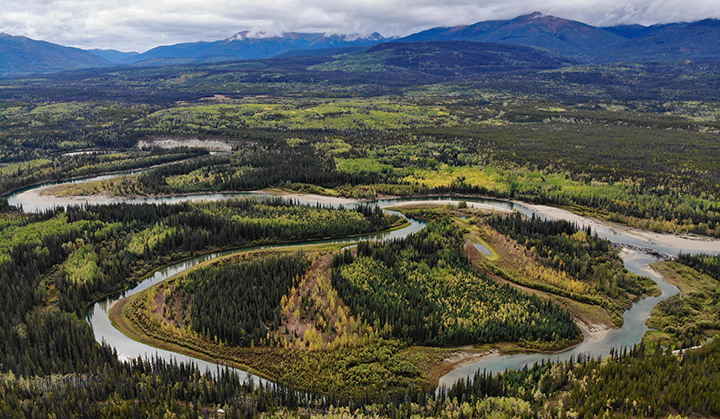
With increasing impacts of climate change, we need smart planning and decisions that protect the places wildlife and people need most. This is where the research of one of Y2Y’s 2020 Sarah Baker Memorial Fund recipients will lend a helping hand.
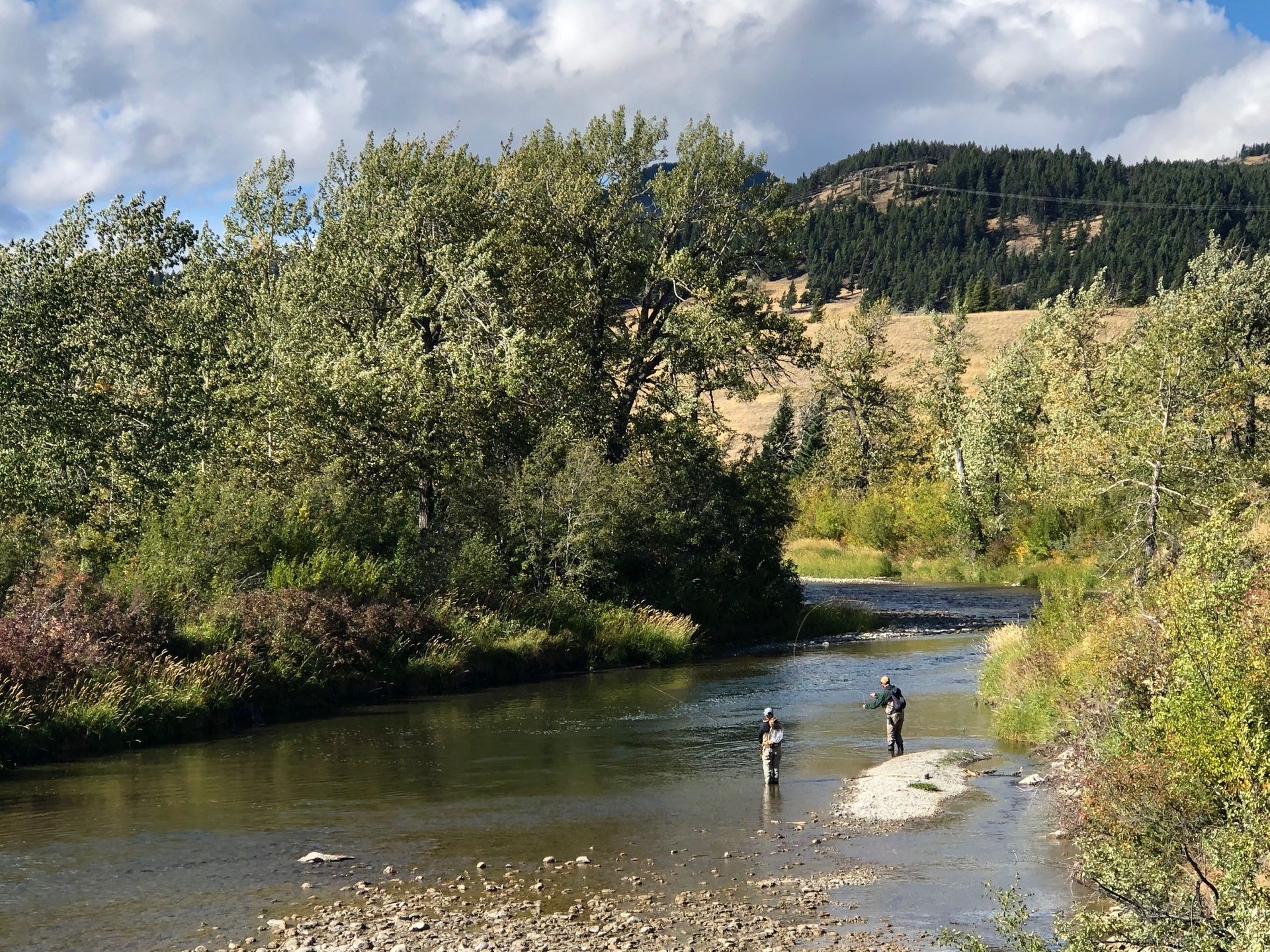
Albertans make it clear they want consultation and more protections for our precious headwaters and mountains.
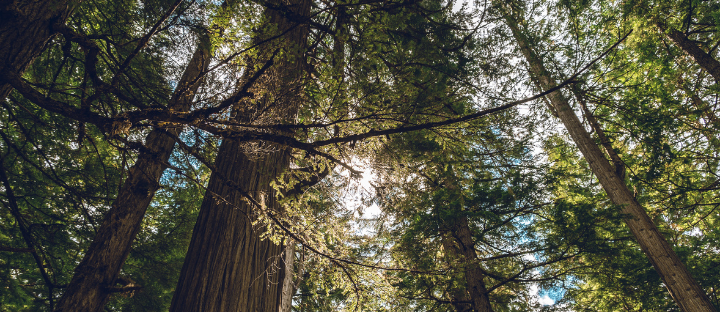
You are part of the solution to safeguard B.C.’s Upper Columbia region for wildlife and people. Watch our five-part video series to see how.
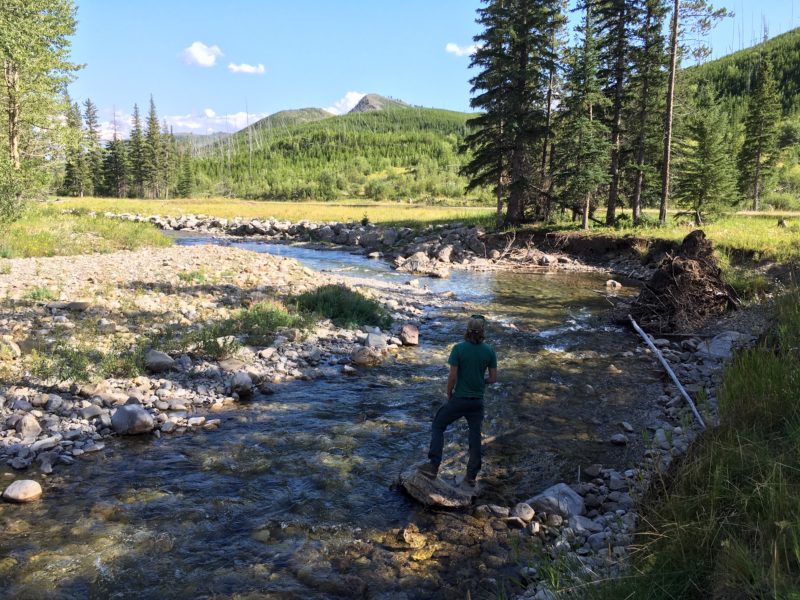
Y2Y’s statement on Alberta’s announcement to cancel 11 coal leases on Alberta’s Eastern Slopes.
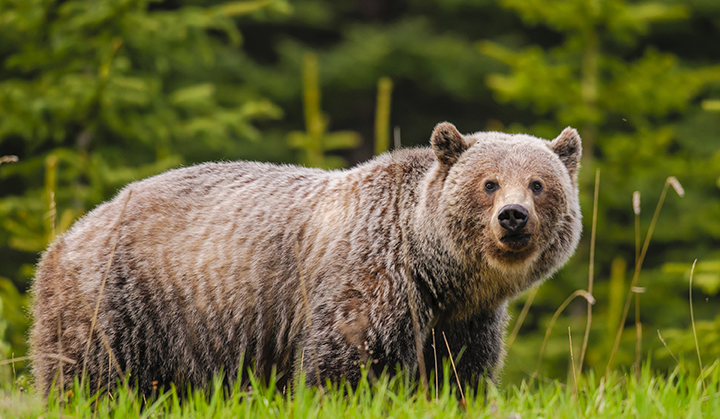
It’s critical that we implement actions today that will help grizzly bears survive and thrive far into the future. Learn why grizzly bears in B.C. need your voice, and how you can help.
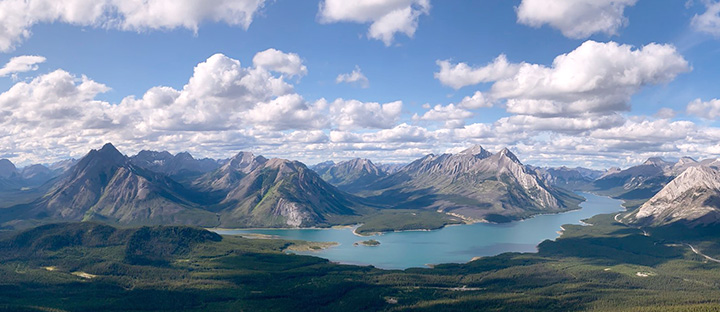
New research shows Canada’s most critical areas where people benefit from nature do not occur within currently protected areas and may be threatened by current and future natural resource extraction.